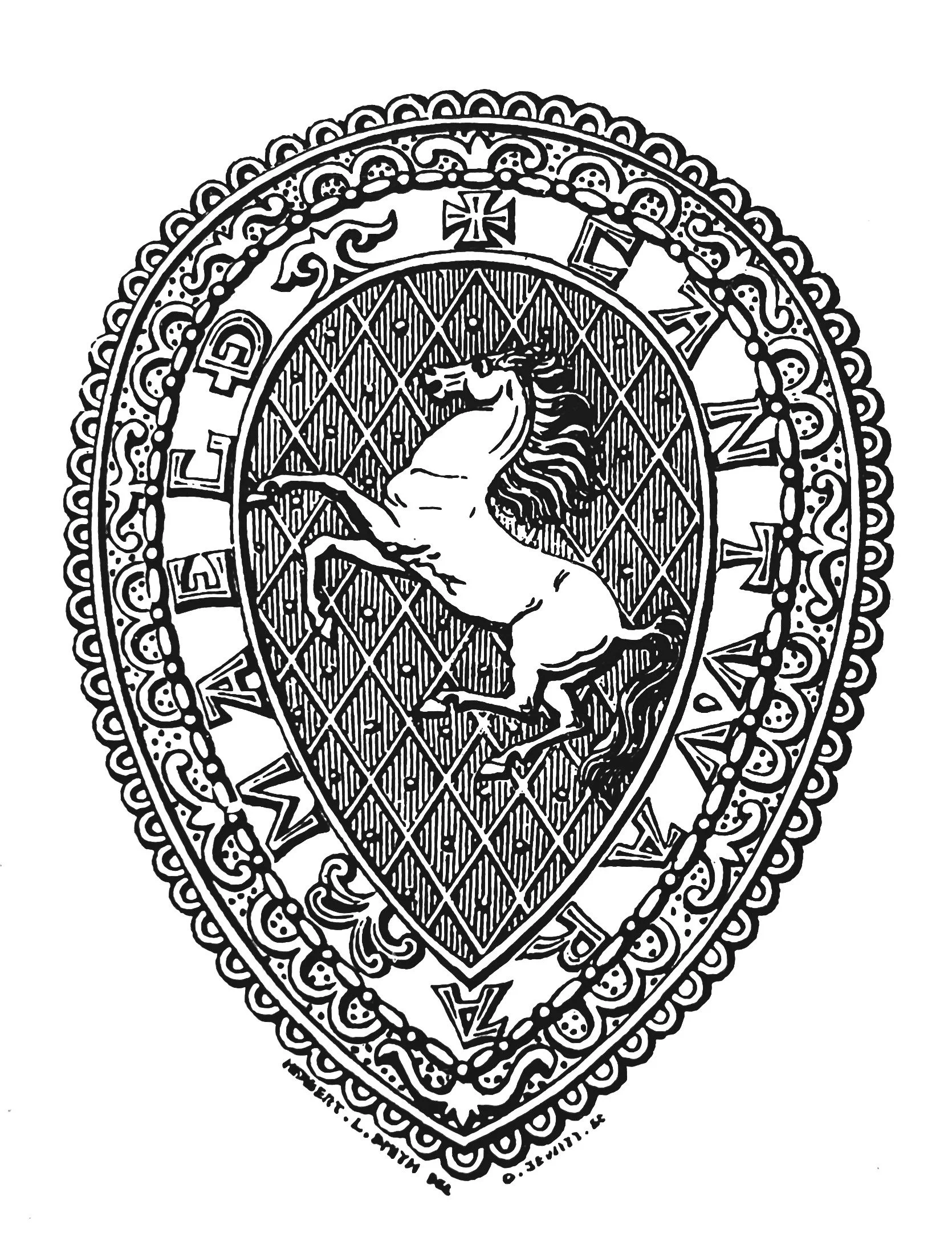
KAS Newsletter, Issue 7, Autumn 1984
Urgent call for Romney Marsh research; society events, challenges, and community dynamics highlighted.
Contributions to the next issue are welcome. See the guidance for contributors and contact Editor Craig Campbell.
Search page
Search within this page here, search the collection page or search the website.
Previous
Previous
Second Romano-British Pottery Workshop
Next
Next
The Challenge of Romney Marsh
Written By KAS
Featured
Derek Ingram Hill, 1984, KAS Newsletter, Issue 7 (Autumn 1984). Maidstone: Kent Archaeological Society.
Mrs. Margaret Lawrence, Hon. Subscription Secretary, 1984, KAS Newsletter, Issue 7 (Autumn 1984). Maidstone: Kent Archaeological Society.
Arthur Harrison, Hon. General Secretary, 1984, KAS Newsletter, Issue 7 (Autumn 1984). Maidstone: Kent Archaeological Society.
KAS Newsletter, Issue 7 (Autumn 1984). Maidstone: Kent Archaeological Society.
KAS Newsletter, Issue 7 (Autumn 1984). Maidstone: Kent Archaeological Society.







